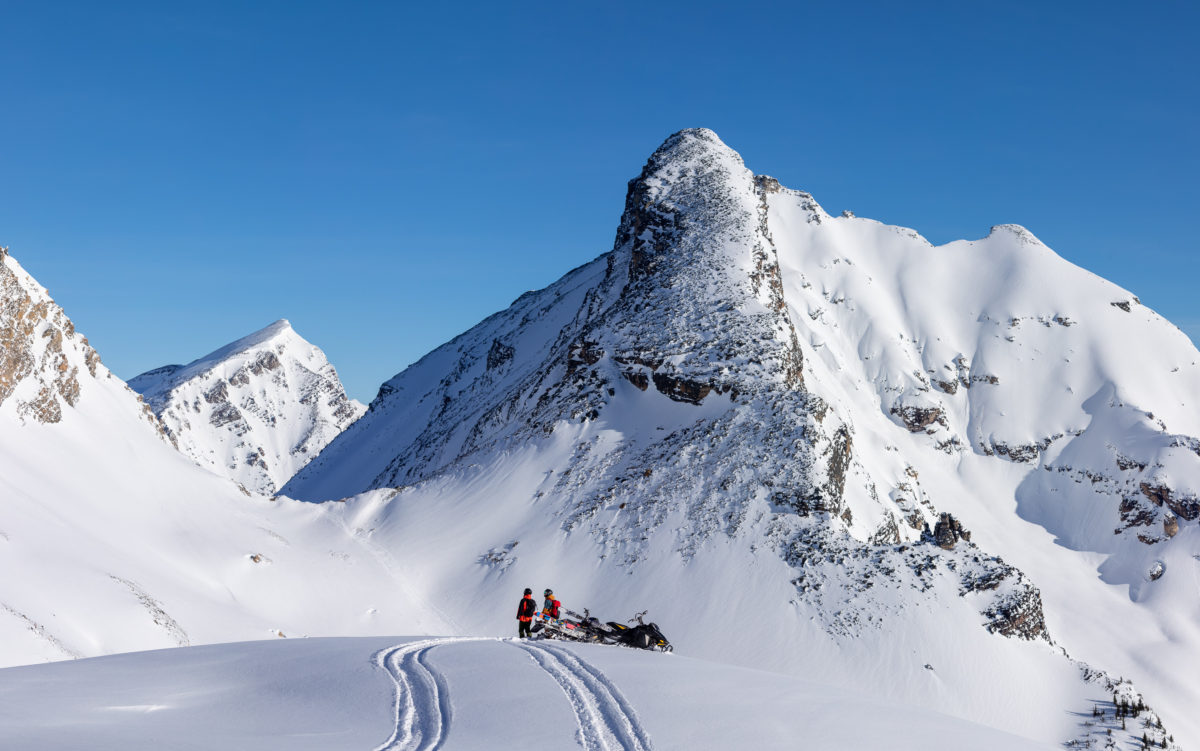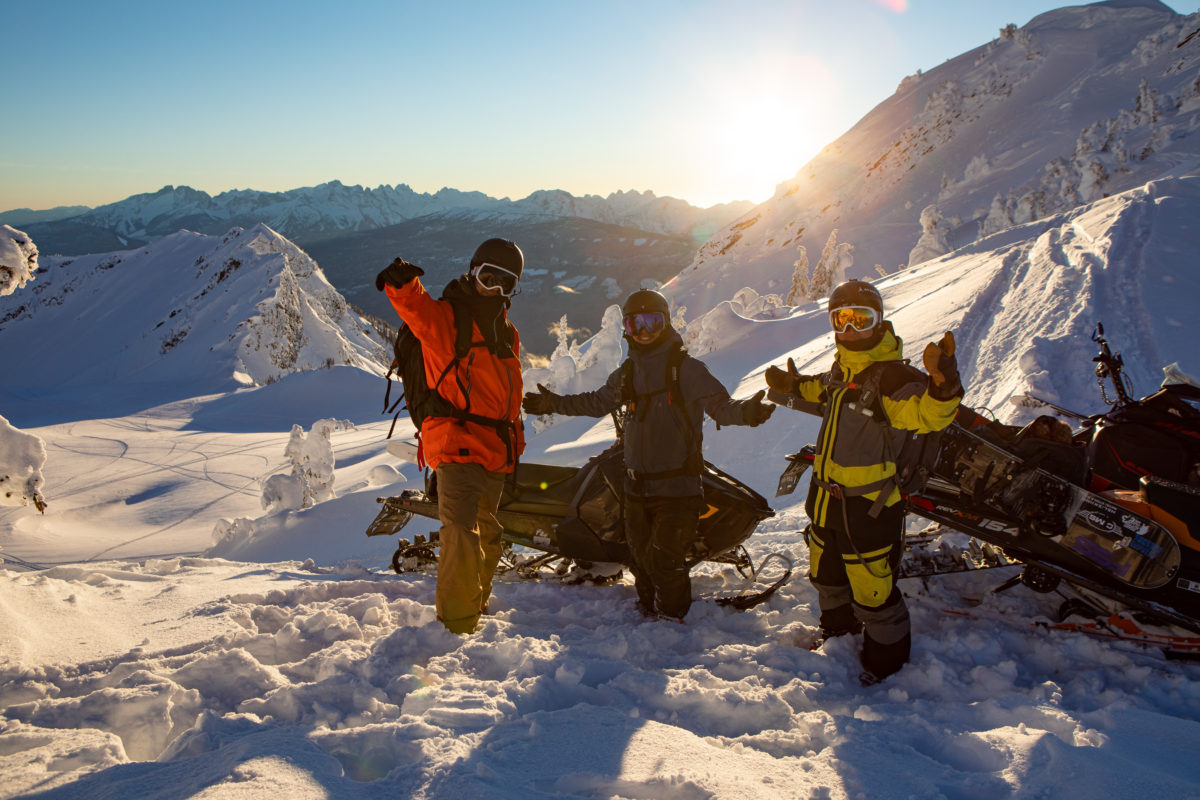Yu Sasaki (right) and Chuck (left), who are based in Revelstoke, and
Ueki, who shoots from early morning until the sun goes down
Photo & Caption = Tempei Takeuchi
Shikaichi Ueki is striving to establish freeride culture in Japan while aiming for heights as a rider.
Starting his career as a rider at the age of 25, he has been running through the past 10 years with his own enthusiasm, aiming to become a rider who can be used overseas.
Now that he is too young to be called a young skier, he wants to help young skiers with high aspirations and talks about his own experiences and failures.
[Profile]
Shikaichi Ueki Shikaichi Ueki
Born in 1985 in Chiba Prefecture.
He continues to travel around the world, from North America, Japan, New Zealand, and Europe, in search of exciting slopes. Especially in the past few years, he has been devoted to climbing and riding, which involves slipping deep into the mountains. He fuels his passion for the challenge of bigger slopes. In parallel with his riding activities, he is the organizer of the JAPAN FREERIDE OPEN (JFO) held in Hakuba Cortina, and is responsible for everything from planning to operation. With his desire to make the freeride culture that he experienced in North America take root in Japan, he will liven up the freeride scene from Canada to Japan. https://www.instagram.com/shikaichiueki/
Sponsored:Sweet protection, Hestra, Arva , board butter glide wax , Fintrack north America , Tsubasa Acupuncture Orthopedic Clinic
Shikaichi Ueki, skier based in Golden, Canada
Golden, a small town in the Canadian interior called Alberta, is just a short drive from the eastern edge of British Columbia. Shikaichi Ueki, a freeride skier who skis the mountains of North America, is based here.
Now 37, he moved to Whistler, Canada when he was 25. He started skiing in earnest at the age of 18, and got into park riding. I have continued my activities with the dream of
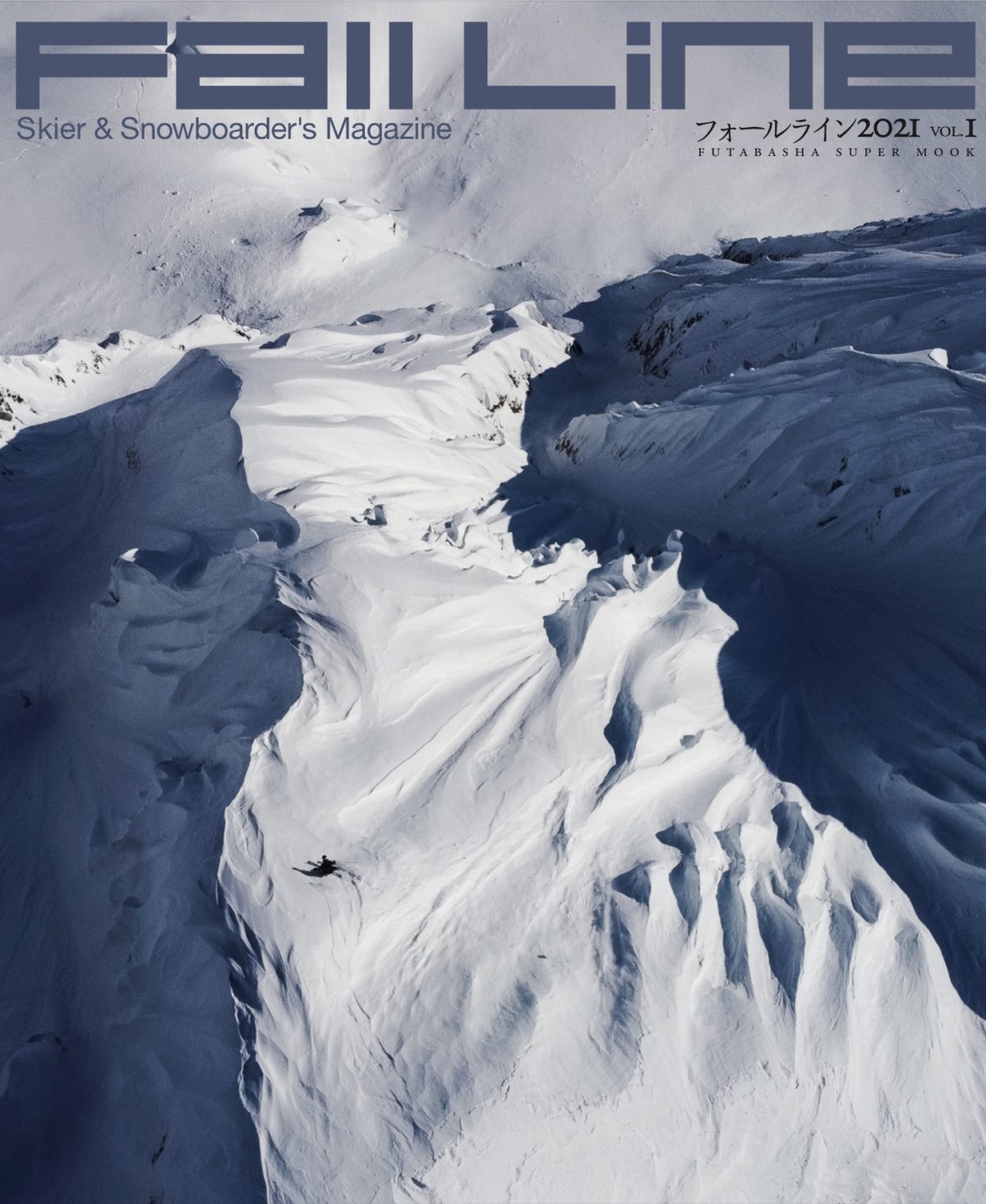
In the past few years, he has shifted his focus from participating in freeride competitions to shooting activities, traveling to various places such as Alaska and the Yukon Territory, leaving behind images, and capturing Fall Line cover shots. I took it out.
At the same time, he is active in a wide range of fields, such as hosting the JAPAN FREERIDE OPEN (JFO after the Japan Freeride Open) held in Hakuba Cortina with his friends. Although there have been restrictions on movement due to the corona crisis over the past two years, as a result of continuing to skate, I have been featured in various media. I have grown with a sense of fulfillment.
However, for Ueki, who has been working to reach the level of an international rider for the past 10 years, he has a problem with his current location.
The level of skiing, the environment of the sponsor, the results, etc. have not reached the level I imagined. Currently, Ueki receives supplies from North American distributors such as Sweet Protection and Aruba, but they have yet to break into the top teams. In order to get a contract in the home country of North America and Europe, it is necessary not only for media coverage in Japan but also for exposure regardless of location, including North America.
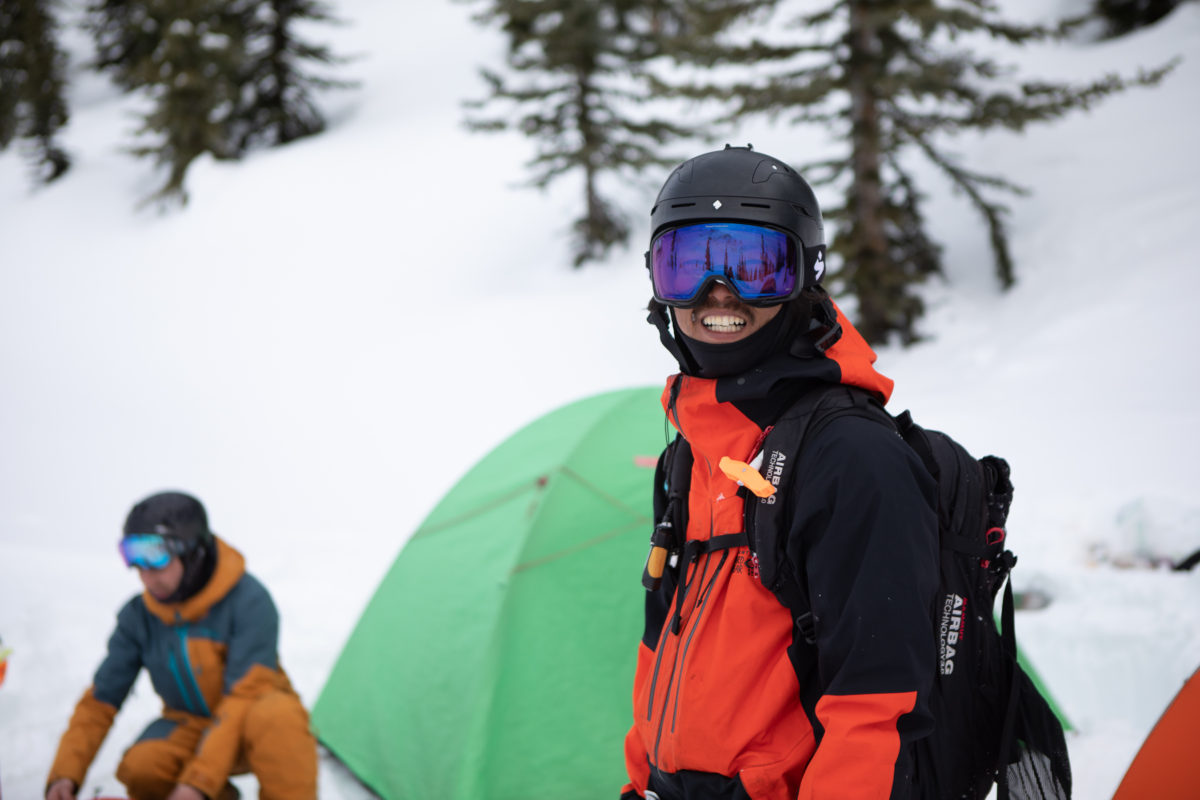
I also feel the age limit of 37 years old.
Many of the riders who are active as international riders are around 20 years old. As the years go by, only those who have achieved high achievements or who are leading the freeride competition are active as riders. Considering my current physical strength, skiing skills, experience, mentality, and the financial aspect of my activities, I see the last few years as my last chance to stand on the front lines and perform well.
Shikaichi Ueki, who has been active as a freeride skier in North America for more than 10 years, told us that now is the time he wants to tell young freeride skiers about his progress and what he thinks should have been done.
If you want to become a professional rider, "Let's go abroad and skate from the teens"
“In the Japanese freeride ski scene, I think that most of the people who are called professional riders by manufacturers like me are contracted for goods, just like me.
It is even more difficult to make a living as a rider without doing other work.
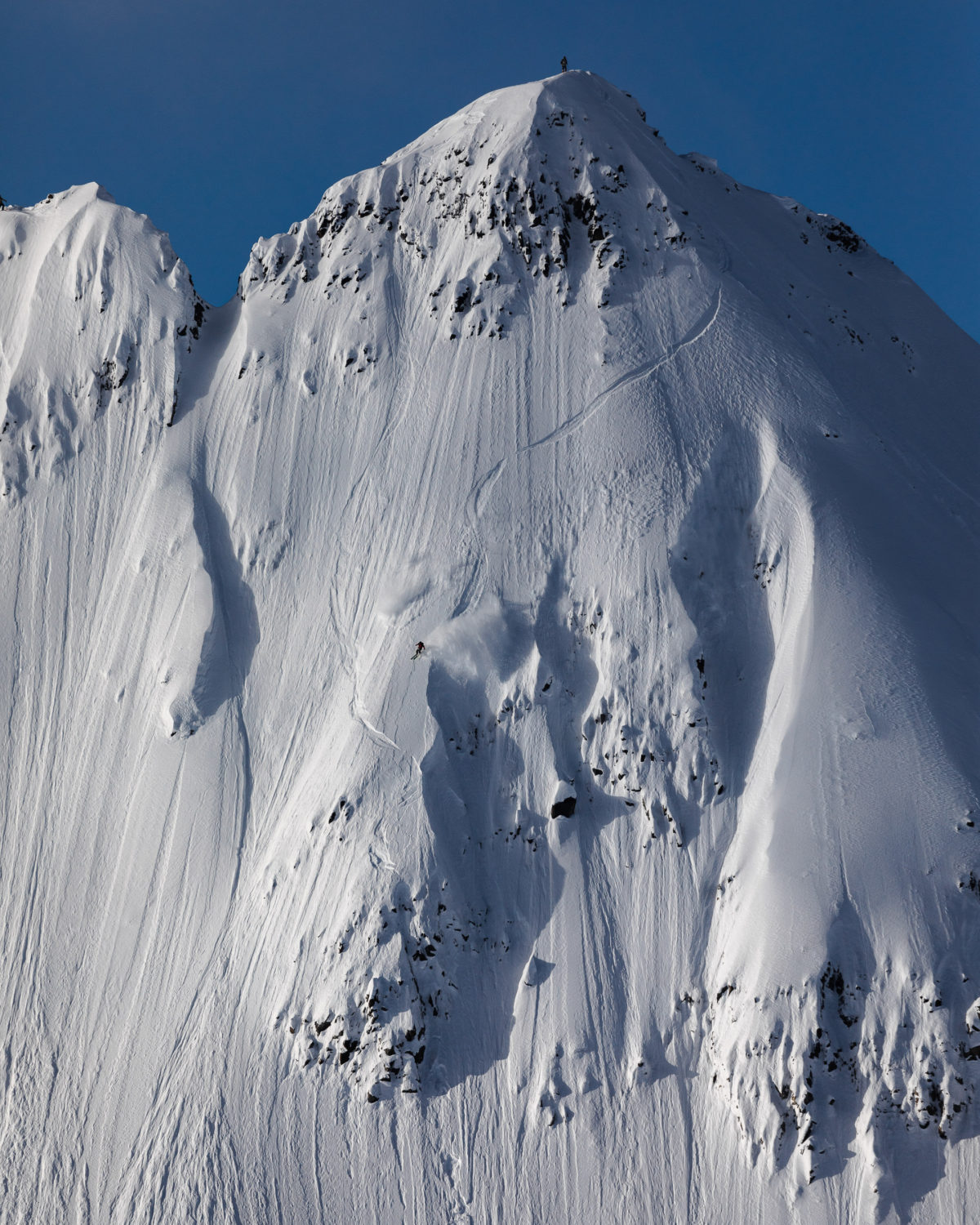
It is difficult to maintain motivation and move on to the next stage in the current situation where there are no steps prepared for rewards when young people gain skills and produce results. I think.
Also, when the photos of the skiing are published in the media, basically not a single yen is paid to the rider. The current situation is that there is no mechanism to pay riders.
On the other hand, if we look at the riders, for example in North America, the top riders are doing well.
However, top riders are at the level of appearing in first-class films or achieving results in the Freeride World Tour. These are the people who are at the top of the manufacturer's rider page. Even in North America, the riders below them all have other jobs in the summer. So, in terms of the level of riders who can make a living, I don't think Japan and the rest of the world are that different.
That's why we riders have to aim for that level, and I'm sure that's the level of a professional rider.
For juniors who want to become riders, the best thing to do is to go overseas as soon as possible and skate with high-level riders. I think that doing everything in your teens and 20s and choosing a path that makes the most of that experience in your 30s is a broad path to a second life as a skier.
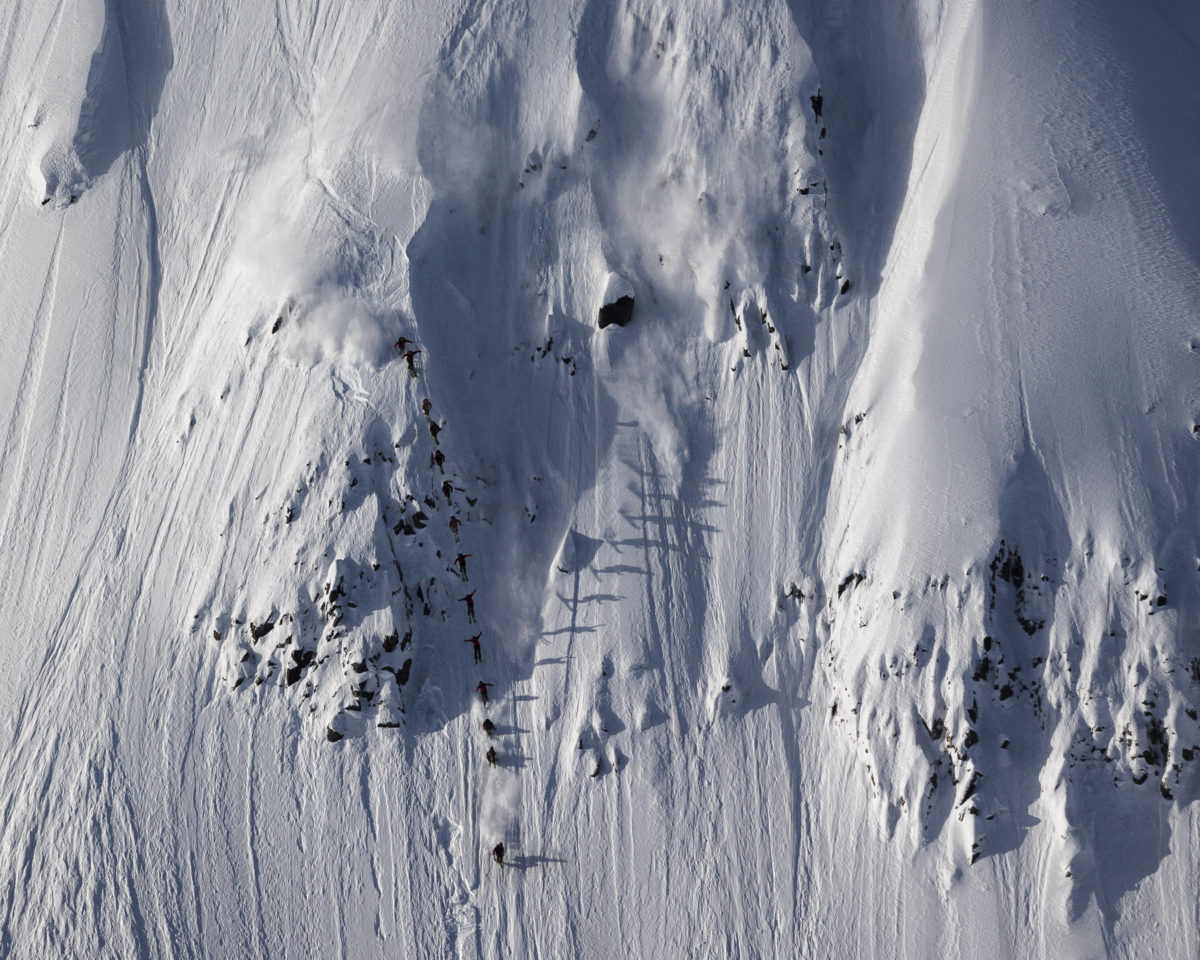
Then, when I look back and wonder what I was lacking, I didn't know how to move and couldn't take the first step. There is such a thing as a misalignment of goals.
In my case, I was injured for a long time, so I took time to recover. I believe that it is necessary not only to improve skills from a young age, but also to broaden the scope of activities, create an environment where people can communicate and continue skiing.
After I turned 30, I realized this, and started planning competitions and proactively sending my portfolio to manufacturers.
For example, for Black Crows, I have sent direct messages to the head office's Instagram many times to tell them that I want to become a rider instead of a distributor in Japan. It's a pity, but to be honest, I don't have any outstanding performances in tournaments or representative video transmissions, so it's quite difficult to get people to look at me at my current level.
Everything is an order of magnitude when you're skating with North American skiers.
If the line you are looking at is different, the distance you fly from the cliff will be longer, and the speed you will slide will be faster. I think European players have a racing backbone, but Canadian and NZ players don't have that, but for some reason they are good at it (laughs). After all, there are slopes with few restrictions from a young age, and I think it's great that I'm skating there with like-minded friends. I can't make up for that advantage, so I'm still learning from Noriko-san (Noriko Fukushima) how to turn and position, such as getting on the outside leg and stance."
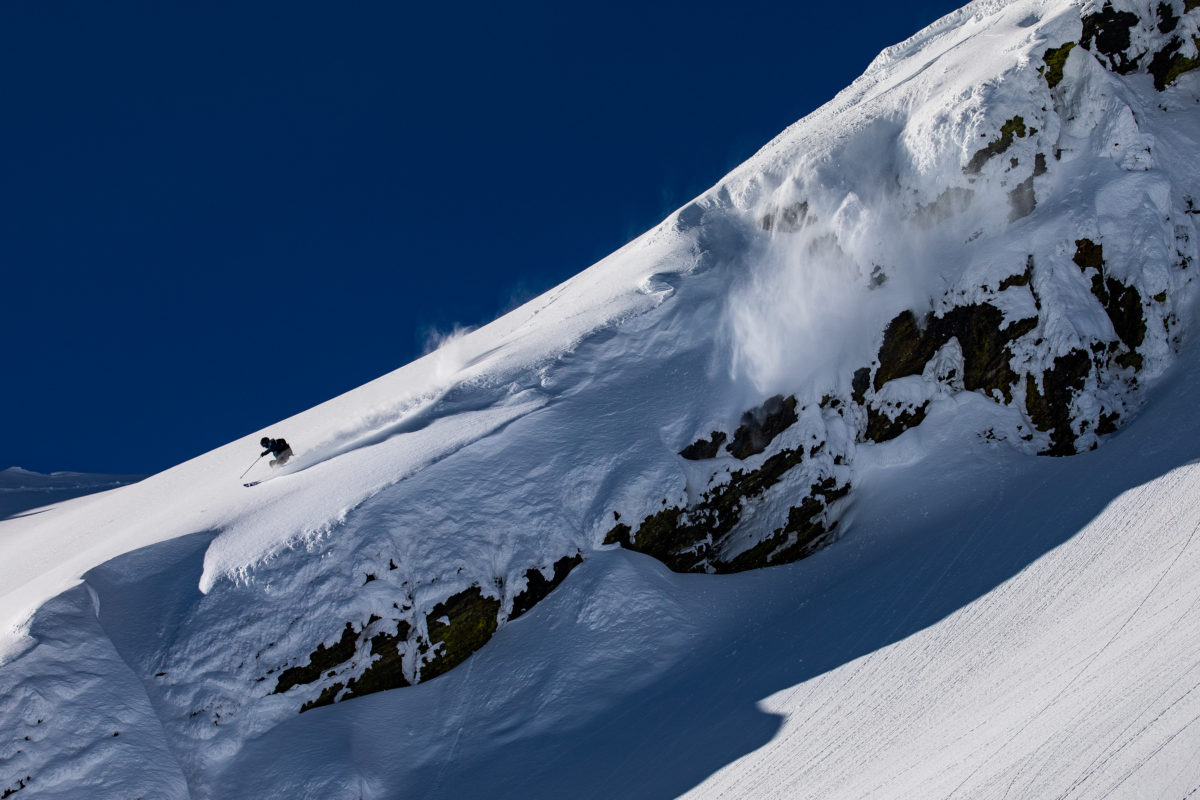
I want to spread the skiing I experienced in Canada to Japan. JFO was born from such a thought
Deeply immersed in Canadian freeride culture, Ueki and his friends Jundai Nakashio, Takuma Oike, Riki Nakajima and others started “JAPAN FREERIDE OPEN”, commonly known as JFO, in 2017.
It continues alongside the FREERIDE WORLD TOUR (FWT after the Freeride World Tour) held in Japan at the same time, and has played a role in the rise of freeride skiing in Japan.
In particular, the ski open class is a popular event that fills up the slots within an hour after the start of entry.

In Canadian skiing, which Ueki has been familiar with, both advanced skiers and visitors alike enjoy freeriding, as it is called in Japan.
In addition to jumping and flying around, skiing on the best snow when it snows, enjoying the first groom in the morning, and challenging trees and steep slopes. Occasionally adventure in the hike up zone in the ski resort.
While 80% of skiers wear freeride boards, such skiing is the norm. Kids who grew up with skiing inevitably change their view of slopes, and can slide down any slope with control.
JFO has a junior division, and in addition to competing competitions, there are sessions with top athletes, and workshops to learn about avalanches and safety. Thing.
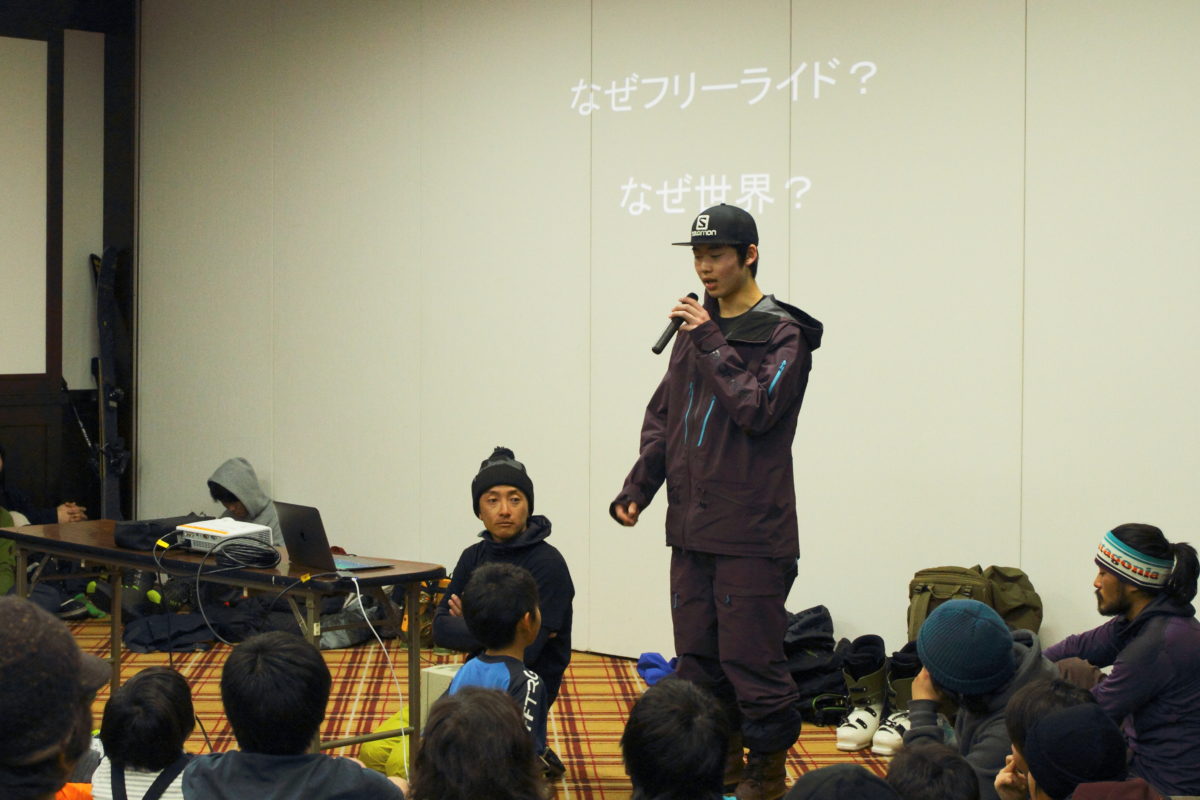
“I am glad that I have been doing this for five years. When I started, most of the participants were in their 30s and 40s. Column) came out, and other players such as Daichi (Daichi Furuya) and Kouga (Koga Hoshino) also appeared, and now the junior class players are at the top.
The junior players are getting better year by year, and when they see Tenra and the others, they look up to them. I think one of JFO's goals is to keep that line alive.
It's not that I want to make (the tournament) only for young people, but it would be better to have a better balance of age groups. I don't think there are many sports in which people of all generations can compete under the same conditions. And when the young girls shine, the old men's oxidized silver atmosphere should come into play.
I haven't been able to go to Japan since Corona, but being alone in Canada reminds me of how important it is to have a place where people who like freeriding can gather. People who usually skate in different places communicate with each other and get inspired by watching other people skating.
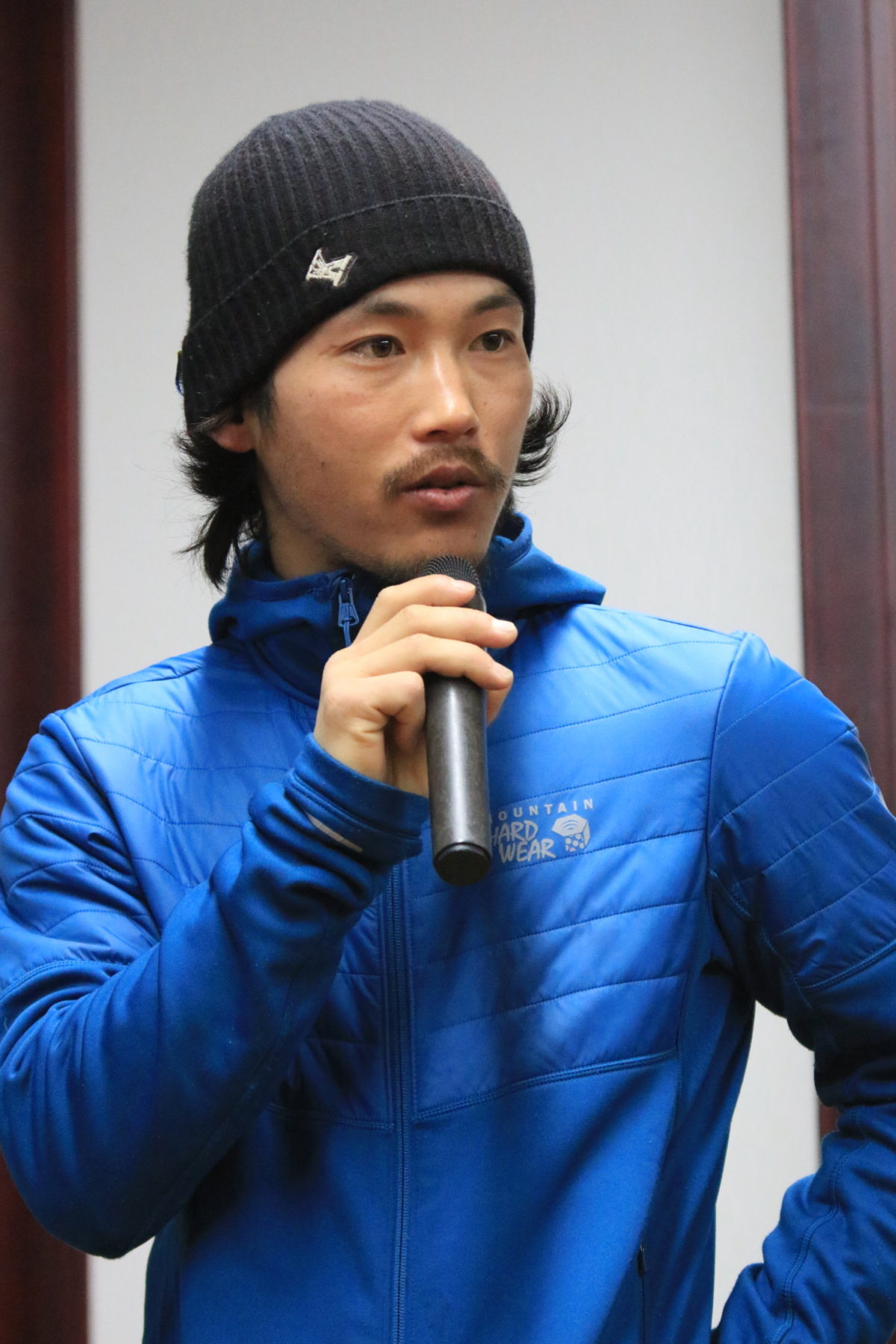
said Ueki.
At the beginning of the event, JFO was unsure of its direction.
Is it a competition that connects athletes to the world, or does it focus on training, or does it have a style that shows the riding of top athletes? While there was no correct answer, one opportunity was the FWT held at the same time. FWT is based on a format common to the world, and by adding points in each tournament, you can participate in higher level tournaments step by step.
With over 20 years of know-how accumulated over the past 20 years, the FWT held in Japan has made JFO a place where top riders can shine, but also an opportunity for those who are interested in freeriding to take a step forward. It is also established as a place for people who are enjoying themselves to make presentations without hesitation.
Regarding the future of JFO, Ueki continues:
“I would be happy if the junior generation continues to challenge the competition. , and it's always the young skiers who show us the new freeride.
Today's freeride scene in Japan is older, but like any other sport, the peak physical age is in your 20s. Not only uncles, but active riders in their 20s are the most featured, appear in the media, and lead the scene. I think it is important that many such young shoots emerge.
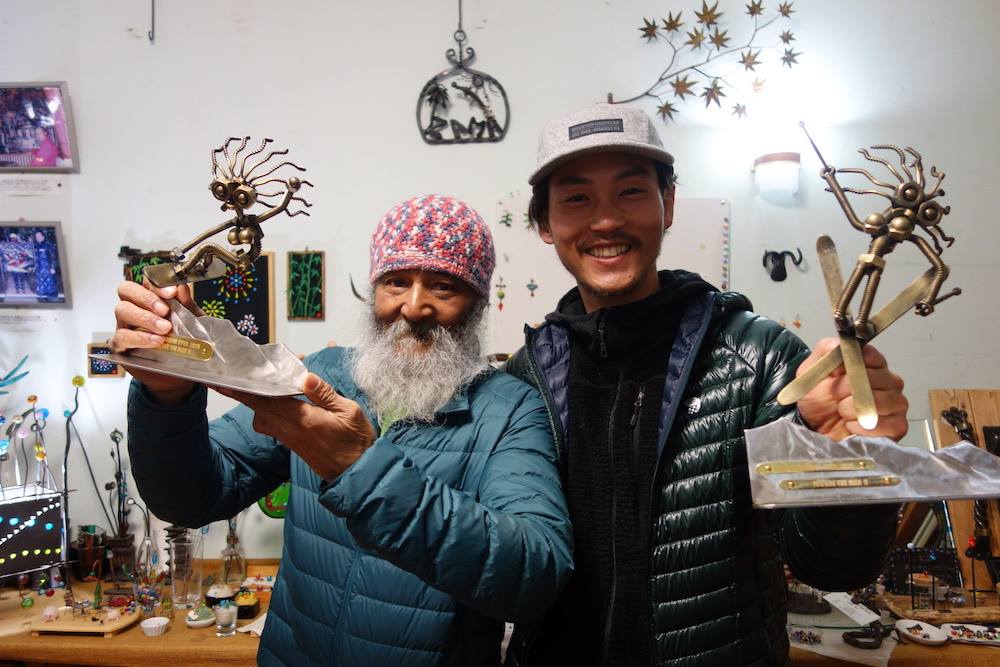
On the other hand, I would like to express and convey not only freeriding as a competition or competition, but also the multifaceted and attractive freeriding that we know. Don't be too biased towards competitive thinking. I want the gate to always be wide open.
Actually, I would like to increase the number of competitions and incorporate ideas to attract more university ski clubs and juniors, but I am not able to focus 100% on that right now. I also have my own activities as a rider.”
Life and future in Golden, where I will be based
It is said that Revelstoke was the first place Ueki had his eye on when he moved from Whistler. Home to top-class skiers such as Sammy Carlson and Yu Sasaki, the ski resort is a rarity in North America with steep, long slopes. The BC area is dotted with steep slopes, cliffs, pillows, and other slopes with rich natural terrain, so you'll never get bored.
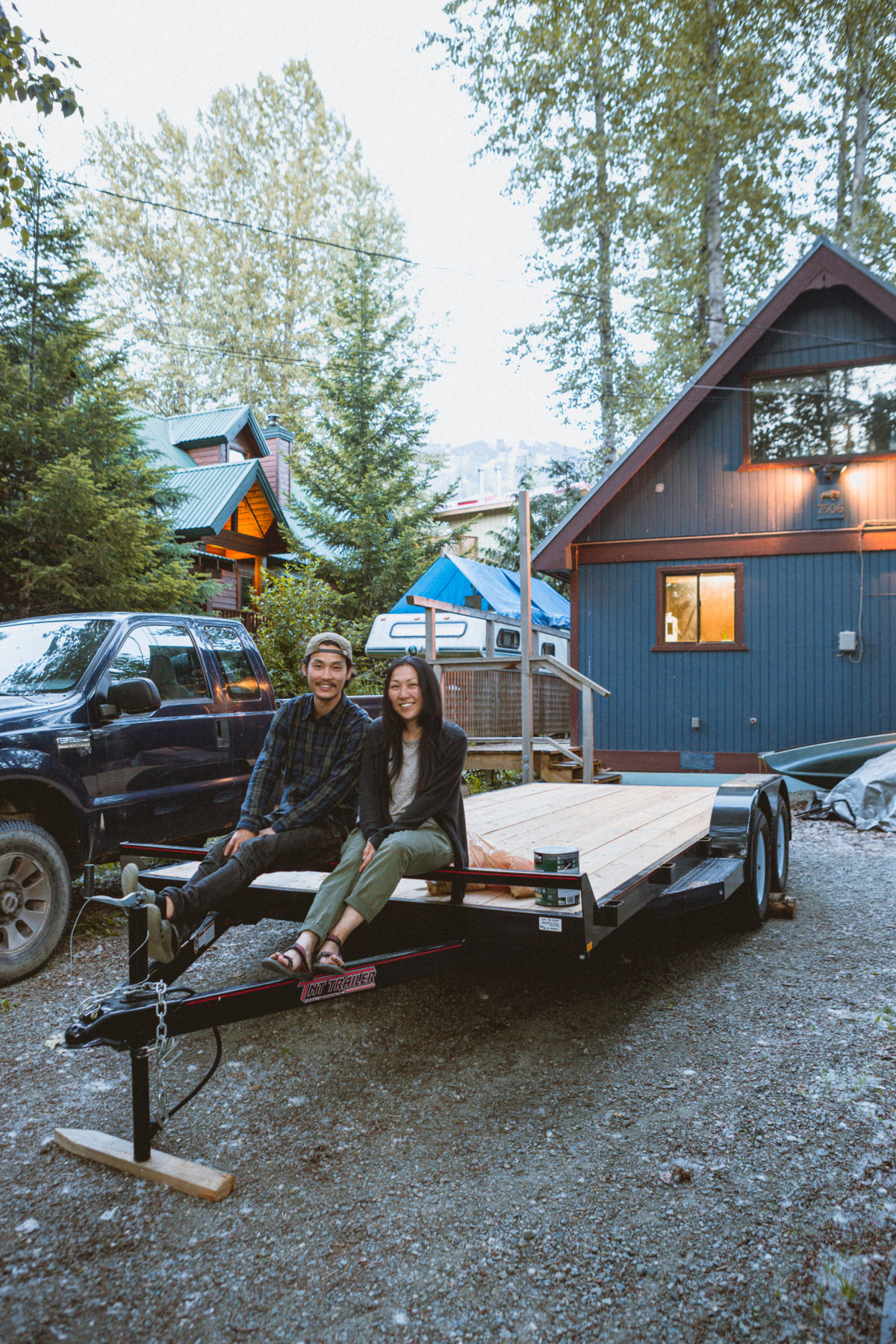
Still, I chose Golden, which is further east of Revelstoke, partly because of the opinion of my partner, Ueki. In addition, there are several ski resort options starting from Golden, and it is also attractive that there are many mountains that are perfect for skiing. Unlike Japan, the distance between each ski resort in Canada is far. It's a rare environment to be able to drive two hours to reach the next ski resort.

In that regard, Golden has Kicking Horse, which is also the venue for the FWT, and Lake Louise is about an hour and a half to the east, and Revelstoke is two hours to the west. Besides, the quality of the snow is exceptional. Revelstoke's snow quality is commonly known as cold smoke, where the snow does not fall to the surface after skiing and drifts like smoke. Golden, where Kicking Horse is located, is said to have even drier snow.
Shikaichi Ueki lives in Golden. The residence is a self-built tiny house that has been towed from Whistler. It stands alone on a large plot of land where the house next door cannot be seen, and lives in a place where there is nothing around, so once you step out of the house, you are surrounded by nature. In addition to skiing in the winter, he also does carpentry work in the off-season, and uses his spare time to run on MTBs, so he lives comfortably every day.

When I was in Whistler, I mostly lived among the large Japanese community. When he was skating or playing with other people, it was often Japanese, but after coming to Golden, he says that he has been skating and playing with local Canadian buddies more. That is one of the things that changed my life after changing bases.
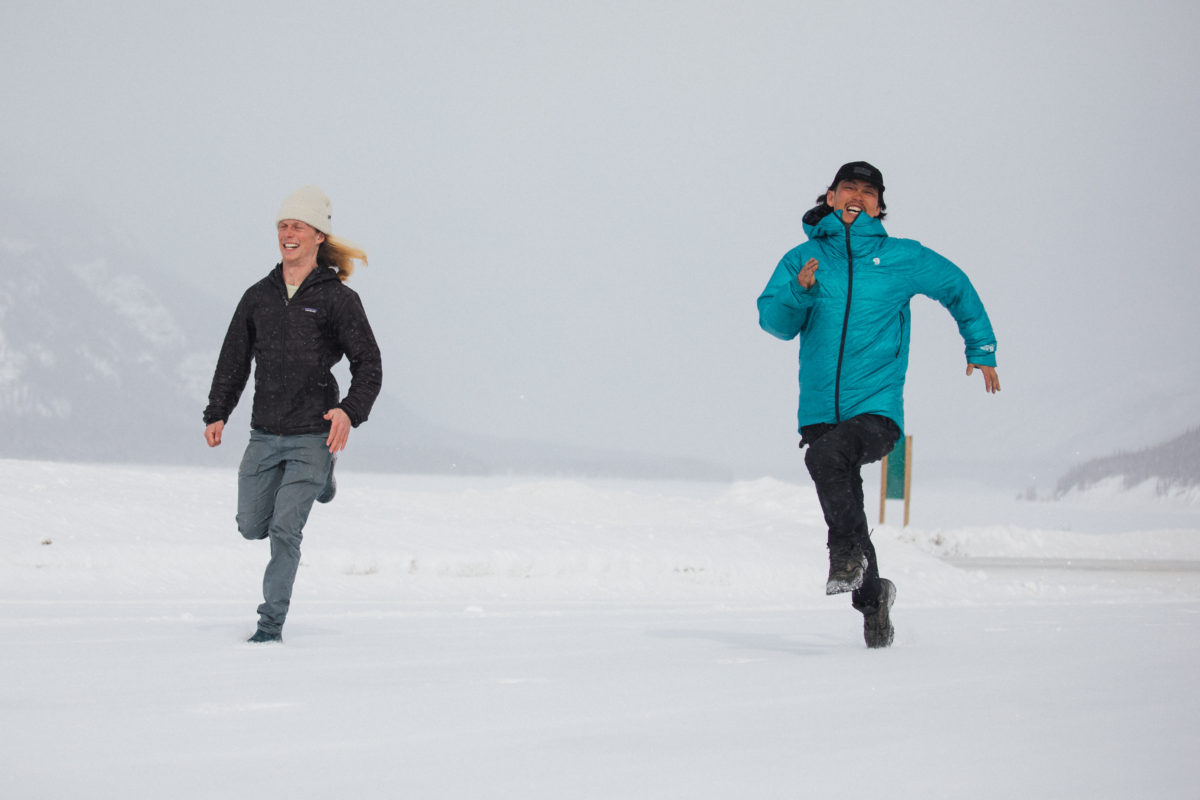
While living such a lifestyle, Shikaichi Ueki dreams of becoming an international rider. Right now, he is focusing on his riding activities, so it is difficult to spare time, but in the future he would like to find opportunities to pass on the experiences he has cultivated to the next generation.
“I think freeride skiers know what they like and what makes them comfortable. It's normal for us skiers to have that feeling, but I think it's surprisingly rare and wonderful from the perspective of society.
I would like to create more time for the junior generation in Japan to give them opportunities to broaden the range of skiing, rather than just skiing on the slopes or experiencing skiing as a sport.”
